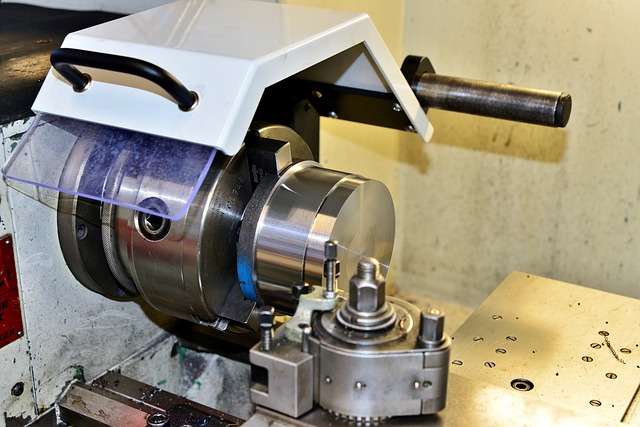While the basic motive for guarding is to protect, not prohibit, guards are often looked upon by employees as obstacles. However, guards… wherever they are located and whatever their function . . . they are placed for protection.
Specifically, machine guards are used to protect against direct contact with moving parts or to protect against flying chips, kickbacks and splashing of metal or harmful liquids.
While guards may often appear to be a hindrance, overall they have proven to be otherwise. They’ve made large contributions to both security and production. Greater machine speeds have been made possible through proper guarding and certainly the conscientious employee works with greater confidence knowing that a machine offers maximum protection.
It is important that everyone working with or around machinery understands the accepted safe procedures for this type of work. No guard shall be adjusted or removed unless permission is given by the supervisor, or the employee concerned is specifically trained and the adjustment is considered a normal part of the job. In addition, no machine should be started without guards in place and missing or defective guards should be reported to a supervisor immediately.
Everyone wants to work safely. A mature respect for machinery and safeguards will greatly help to achieve this goal!
Article provided by: Simon Mac Innis, Quality, Health, Safety, Environment and Security Specialist


Comments are closed.